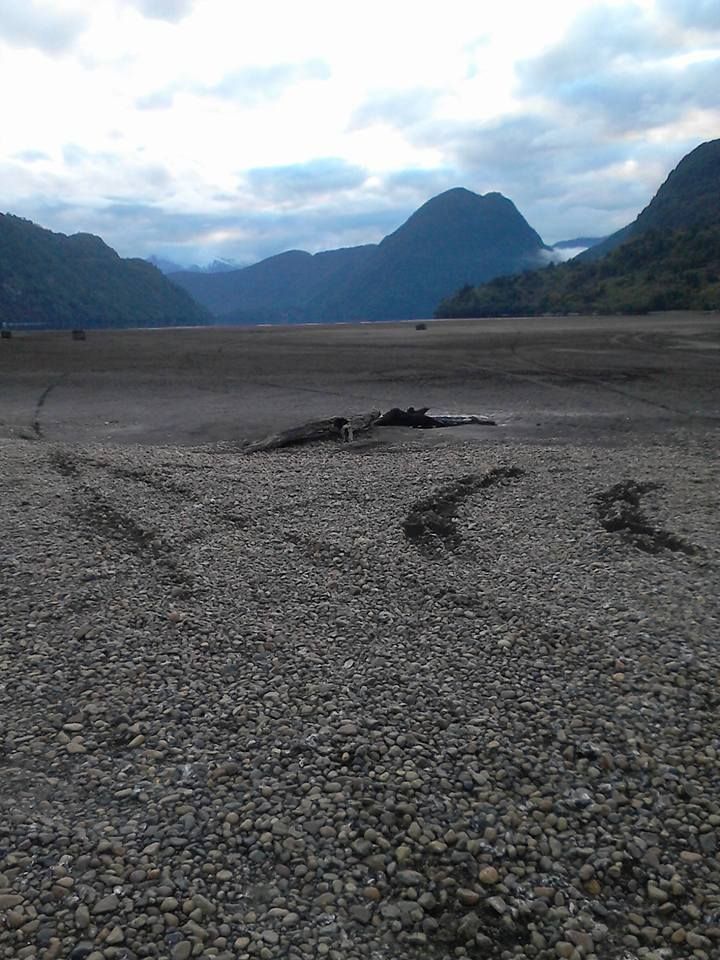
In the remote wilderness of Patagonia, Chile, lies a natural phenomenon that has baffled both scientists and locals for years—the Disappearing Lake. Known as Lago Cachet II, this glacial lake periodically vanishes overnight, leaving behind nothing but a dry, cracked bed. The sudden disappearance of the lake’s waters has led to many questions and theories, turning this natural wonder into a mystery of global interest.
The lake is fed by the Colonia Glacier, part of the Northern Patagonian Ice Field. The phenomenon occurs when the water from Lago Cachet II drains rapidly through a series of underground tunnels known as “glacial mills.” These tunnels channel the water beneath the glacier and release it into nearby rivers, causing the lake to empty within hours. What’s left is a stark, desolate landscape that contrasts with the lush surroundings of Patagonia.
This vanishing act is not only a scientific curiosity but also a reminder of the effects of climate change. The melting glaciers contribute to the formation of these tunnels, and as temperatures rise, such events may become more frequent. For locals, the disappearing lake is both a spectacle and a concern, as it affects the regional water supply and local ecosystems.
Despite its mystery, the Disappearing Lake of Patagonia continues to captivate those who witness its dramatic changes. It serves as a powerful example of nature’s unpredictability and the dynamic forces at play in the Earth’s most remote regions.
